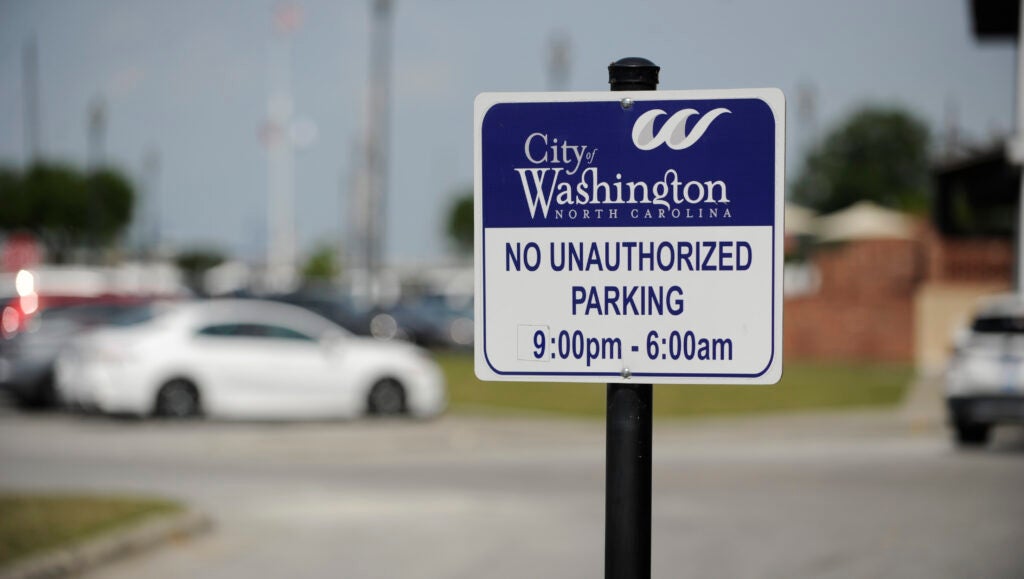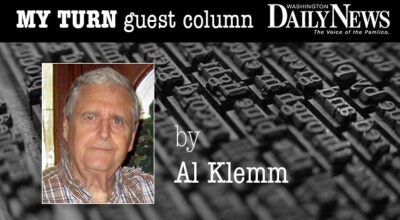Rethinking parking in historic downtown: A path toward sustainable progress
Published 10:10 am Monday, February 5, 2024
|
Getting your Trinity Audio player ready...
|

Have you ever circled around Downtown Washington looking for that “perfect” parking spot? I know I sure have. Members of our community often say that we need more parking, but what if I told you that the solution isn’t about adding more spots?
Parking, as it currently stands, is free and abundant in our downtown. This generous approach, however, distorts the true demand for parking spaces and inadvertently encourages urban sprawl. Calculating demand based on a $0 price for parking is misleading.
As the City of Washington begins discussions around Phase 2 of its Streetscape Development, it’s important to challenge the prevailing notion that more parking equals progress. Research indicates that prioritizing walkability and bikeability fosters healthier, more sustainable communities.
When large-scale events such as the Summer Festival or Smoke on the Water are hosted downtown, it can feel like you have to park a country mile away. But imagine if our prime spots weren’t free. Some people might choose to carpool, or even walk or cycle.
While living in Europe, I observed first-hand the benefits of pricing strategies and capping the number of parking spaces in a downtown area to prevent clogging up the roads, while simultaneously enhancing community walkability and bikeability.
Washington could consider implementing a “Parking Benefit District,” as suggested by Donald Shoup in “The High Cost of Free Parking.” Such a district would charge for parking, with the proceeds benefiting the local community.
By right-pricing curb spaces, we can reallocate these areas to those who value them most, potentially reducing the variability and uncertainty in travel time. Market-priced parking is not about exclusion but about proper utilization and optimization of space.
It’s important to note that studies have found no evidence of a negative impact on economic vitality when parking restraints are in place. On the contrary, it can lead to a more vibrant, eco-friendly community, aligned with the ideas emerging from ongoing parking reform discussions. Connected bicycle- and pedestrian-friendly networks offer safe, convenient alternatives to driving.
With less traffic, we create more space for patios, trees, and perhaps even a spot for a street performer or two.
We have the chance to make Washington a leader in smart, eco-friendly community planning – not just in Eastern NC but beyond. The Streetscape Development discussions offer an opportunity for Washington to lead by example, transcending the conventional demand for increased parking.
By shifting the focus towards creating a pedestrian and cyclist-friendly environment, the city can pioneer a transformative approach to urban planning. Our collective choices will sculpt the legacy we leave for future generations.
Ellen Brabo is a Washington resident and owner of The Ell Hotel.
—
For those interested in learning more about the implications of parking on urban development, I highly recommend visiting parkade.com to explore Donald Shoup’s insights on “The High Cost of Free Parking.”
The public input survey for Phase 2 ends on February 8th. If you’re interested in providing your feedback and helping shape the future of our Historic Downtown, take a moment to complete the survey here.



